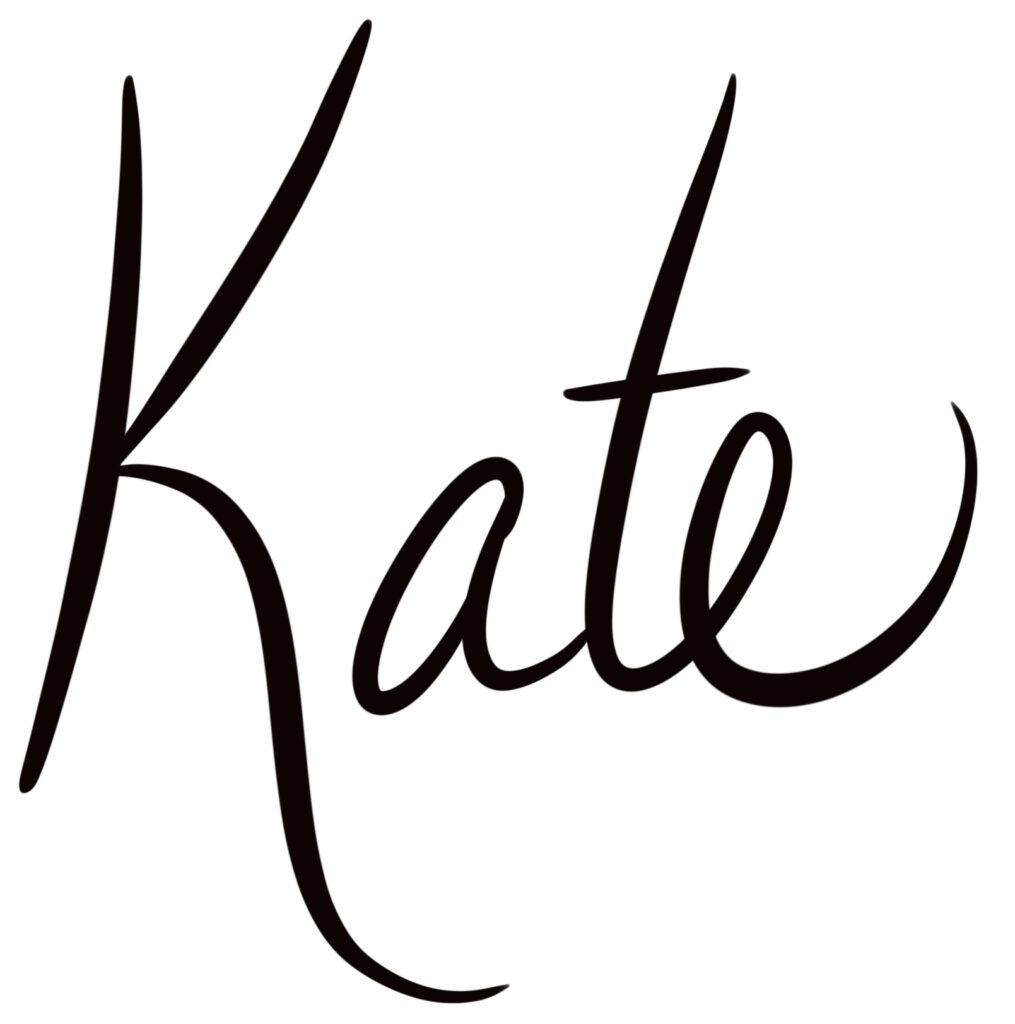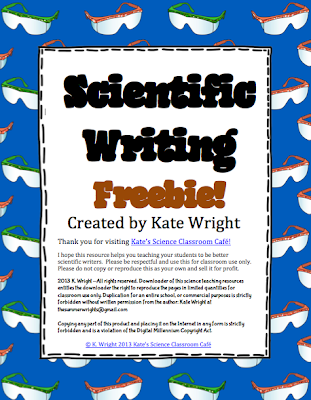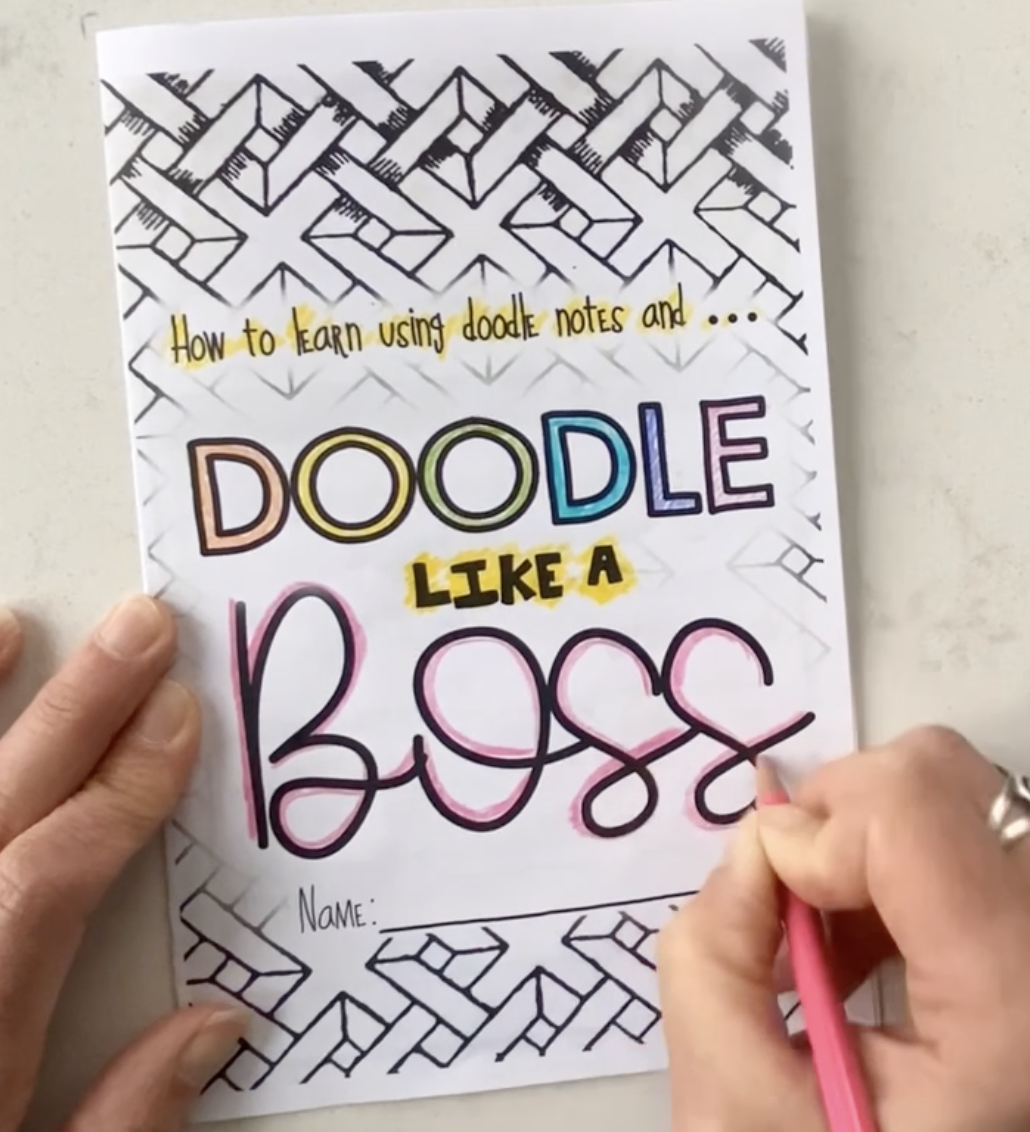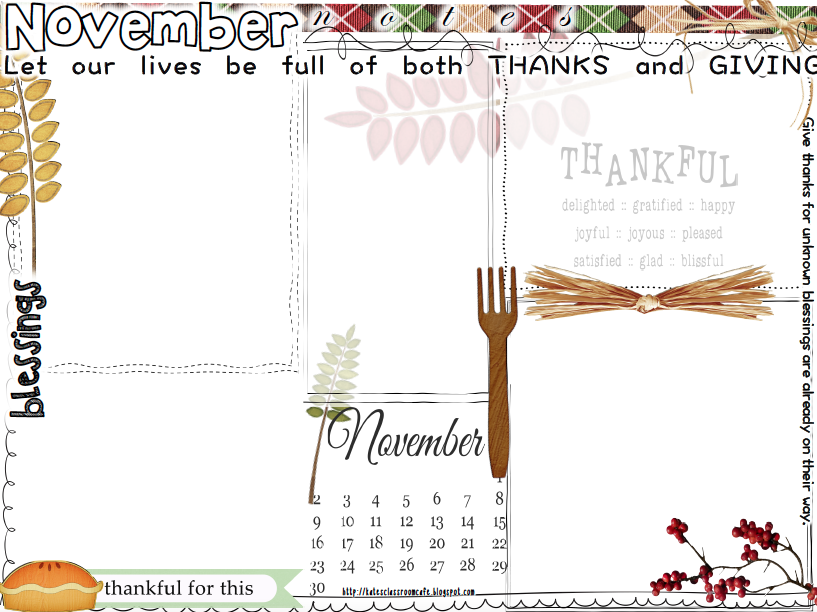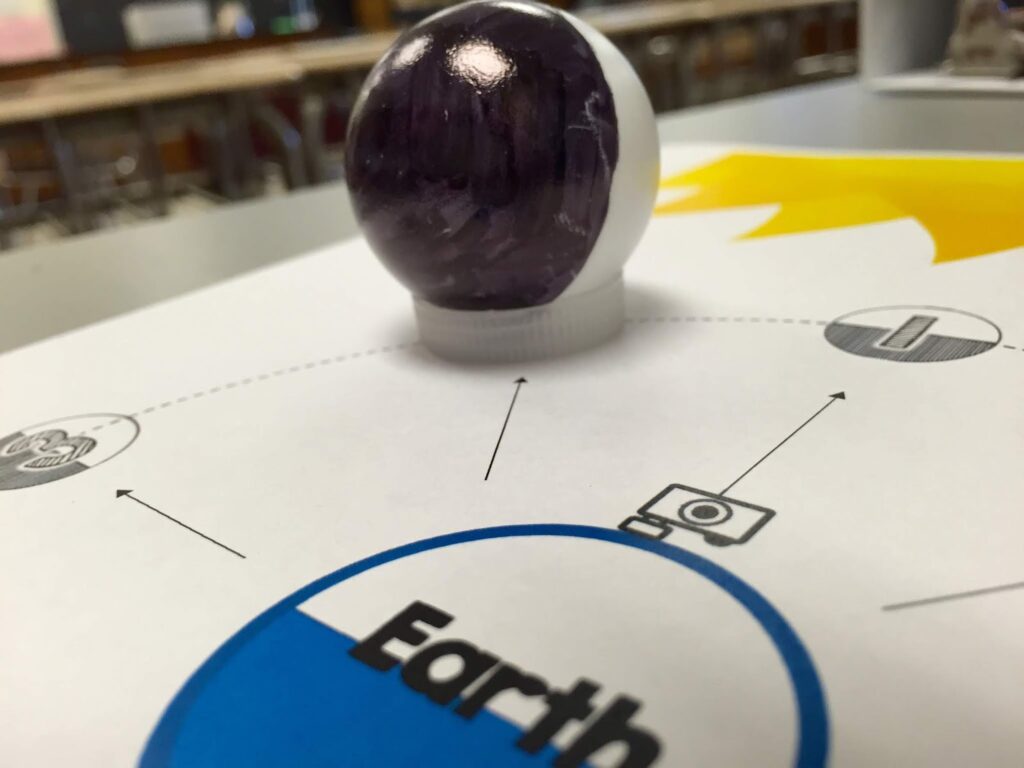
Models are a vital part of the science learning process. The NGSS clearly emphasizes how models can improve student learning. Here is a model to support your students in understanding moon phase patterns!
When teaching about the moon phases and perspective, students use small spheres to model the phases. It is SO EASY! Have students place the ball on #1 (see free printable below) and view the moon from the perspective of Earth. Be sure to emphasize that for the model to work they will need to MOVE to put their eyes on Earth looking toward the moon. My students love an opportunity to use their phone and this proved to be a great opportunity. I had them place their phone at the Earth location and take a picture of the moon as it moved from item 1-8. The result? Digital flashcards! (The kids easily added text to their photos with the phase names.)
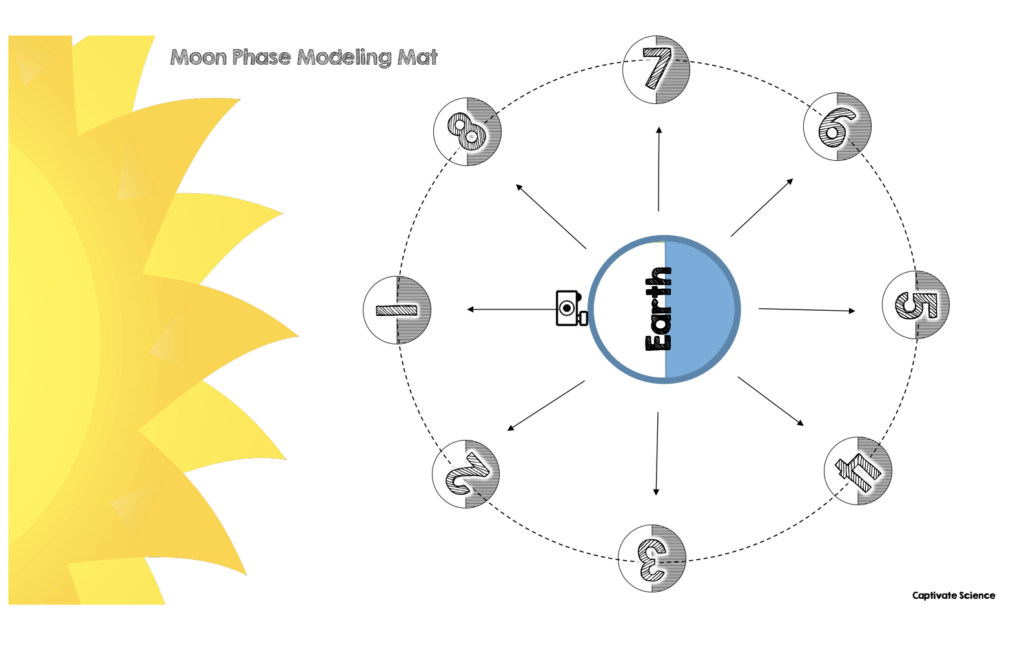
I think it is a good idea to take the time to talk about the model and what it does well and what it is lacking (scale, light source etc.) When kids understand the benefits and drawbacks of models they can better apply them to their understandings!
Are your kids ready for a challenge? Instead of giving them directions….Give them photos of the 8 phases and have THEM figure out how to make the model work! It is amazing what kids can do when we challenge them!
Hope this helps! Be sure to follow us on Instagram @captivatescience for more ideas on how to use doodle notes in your classroom!
